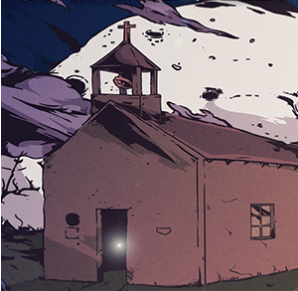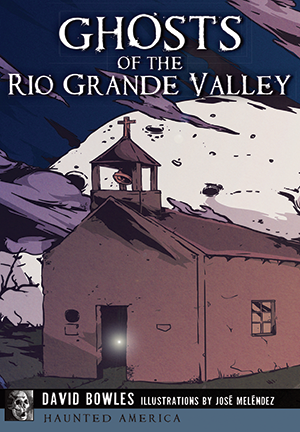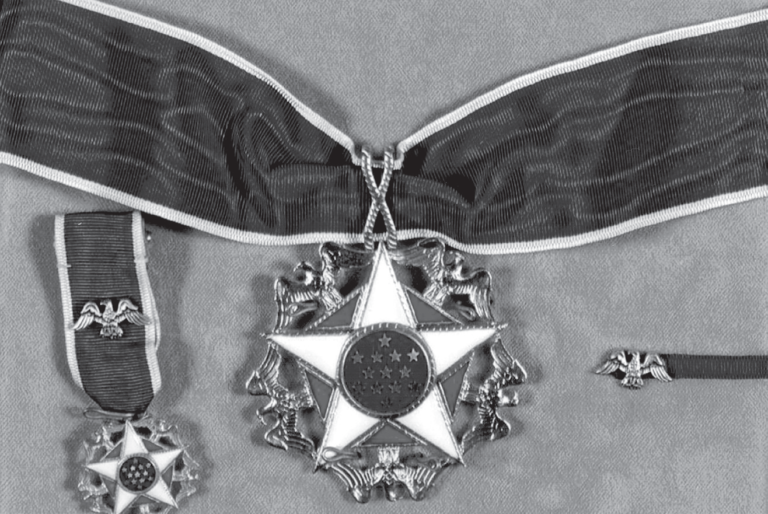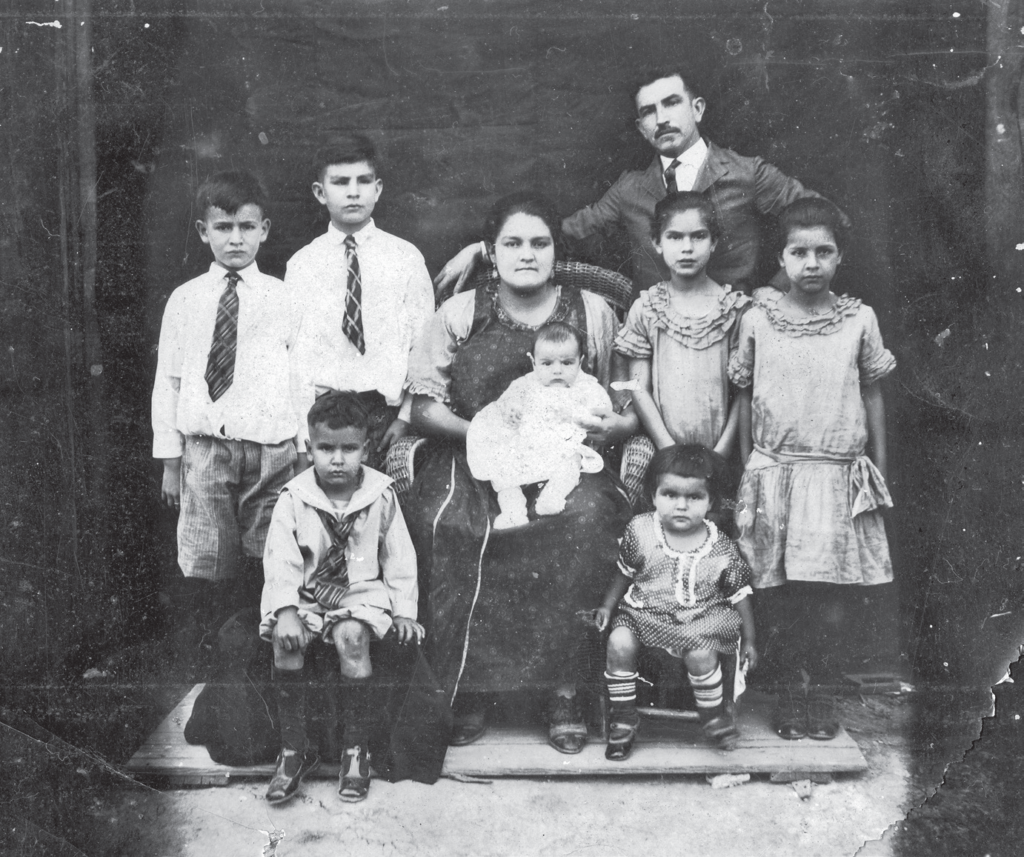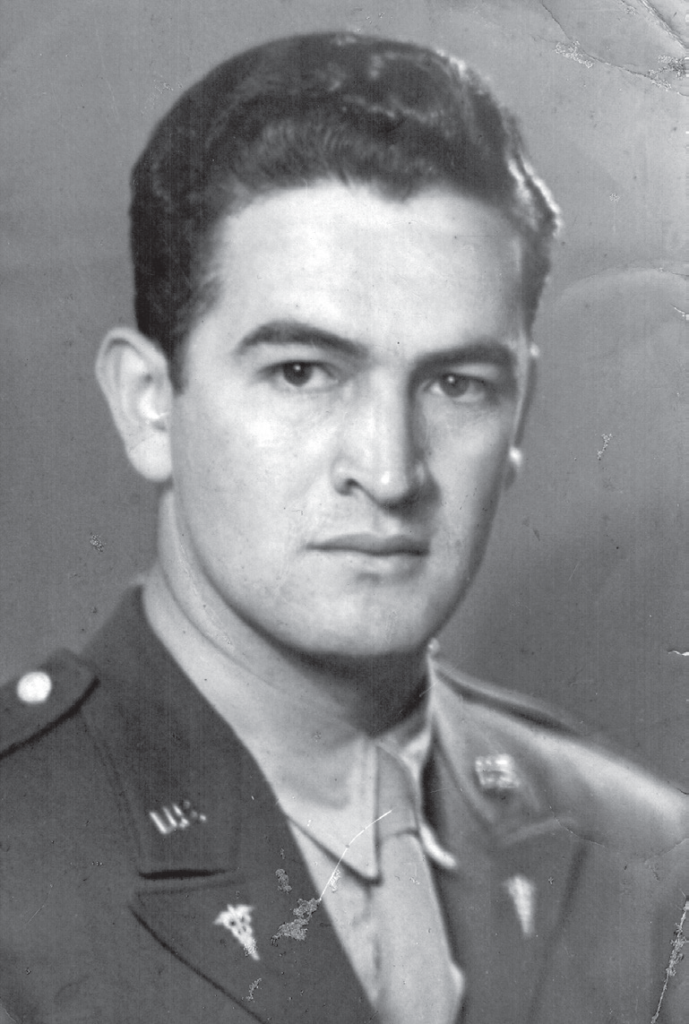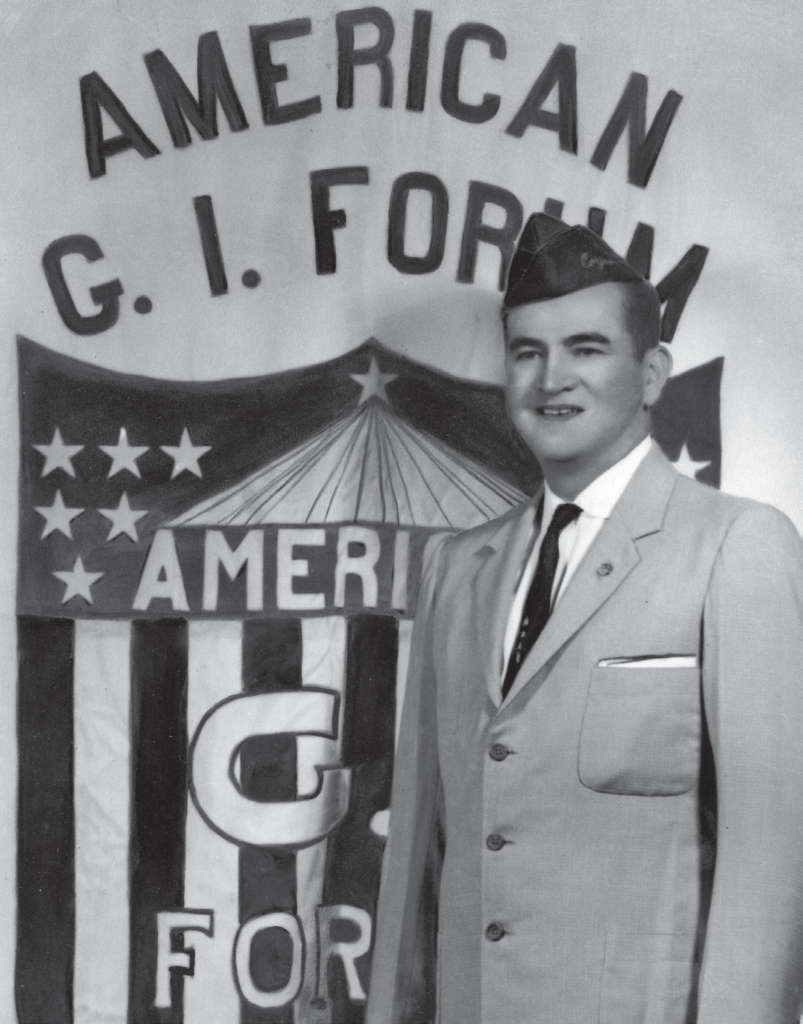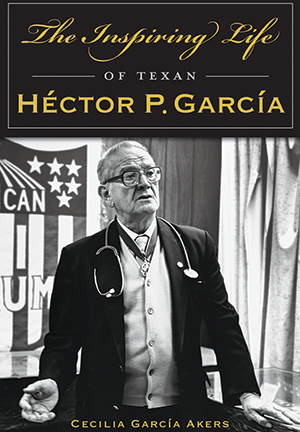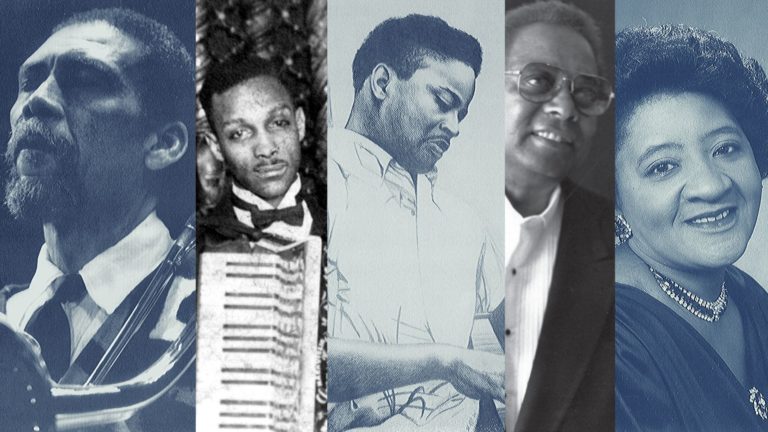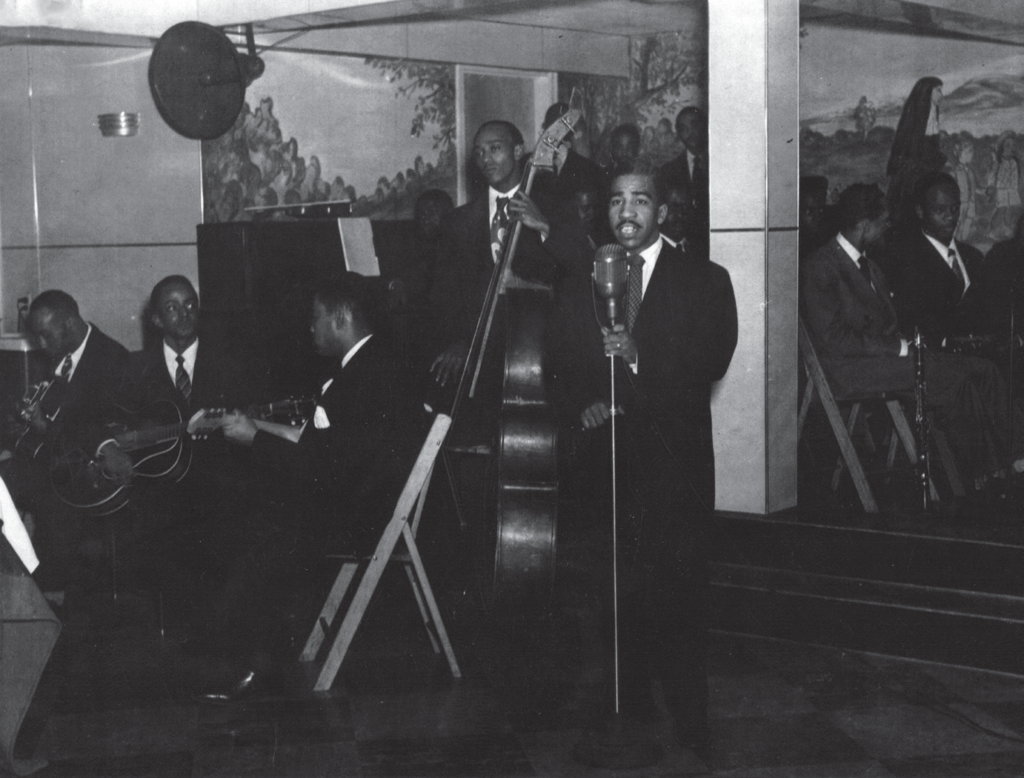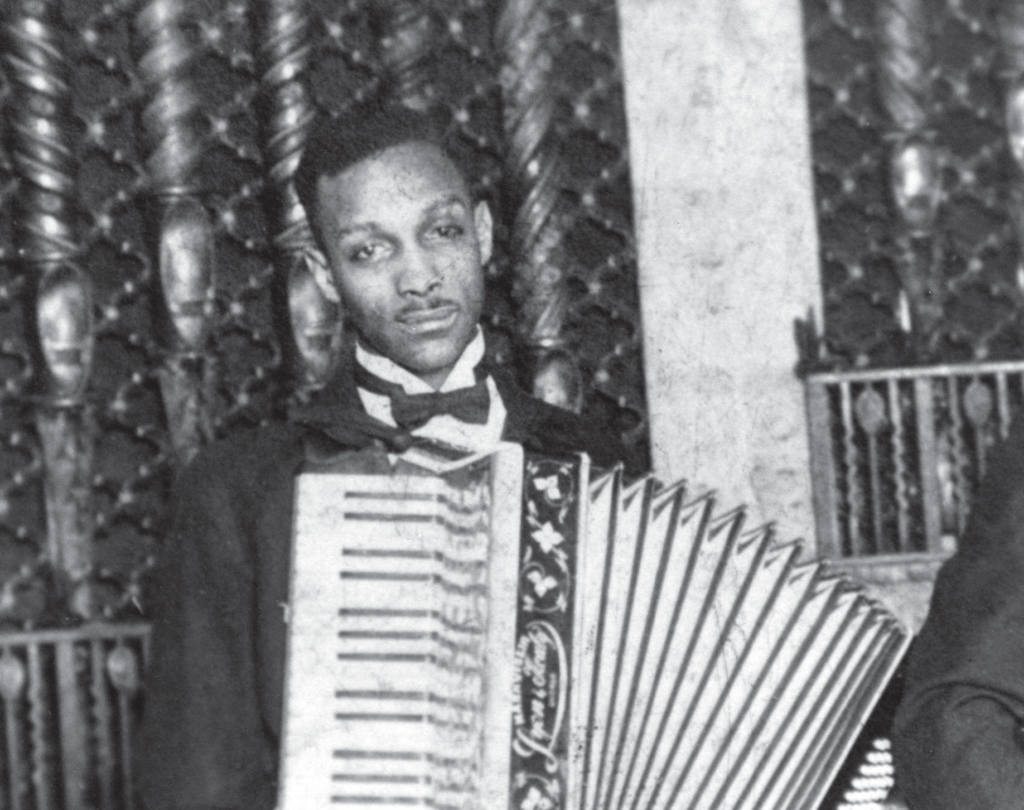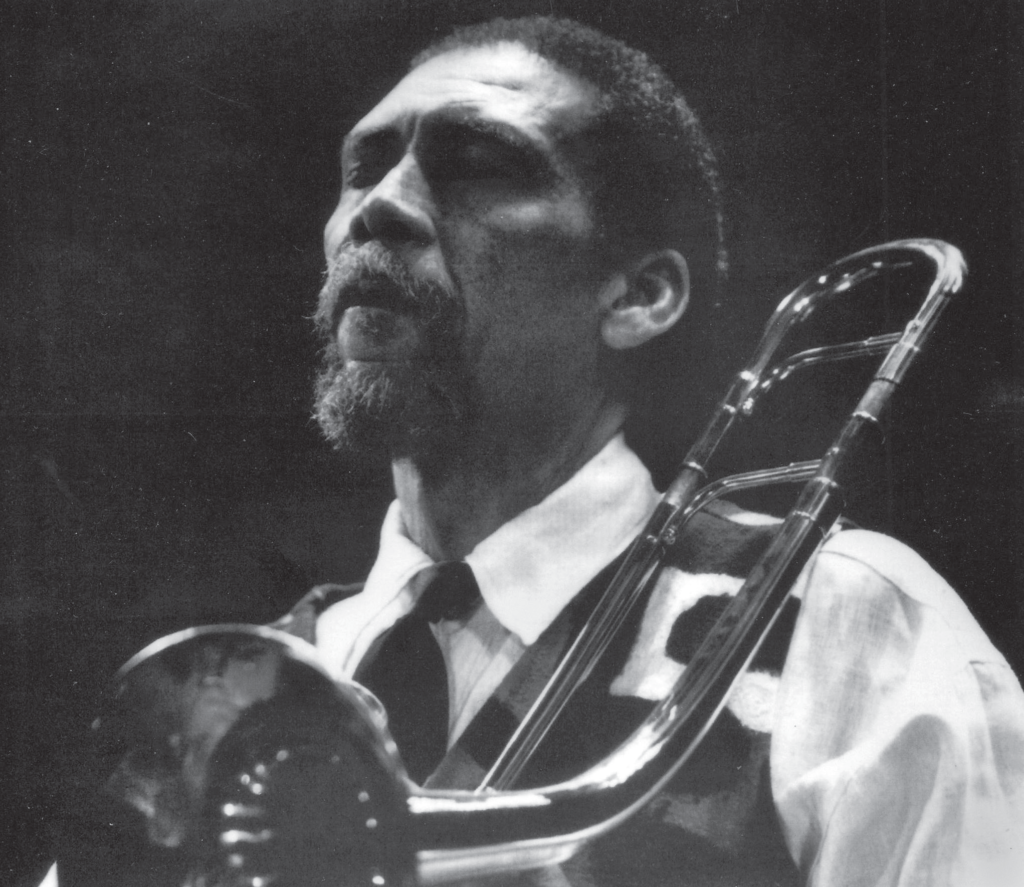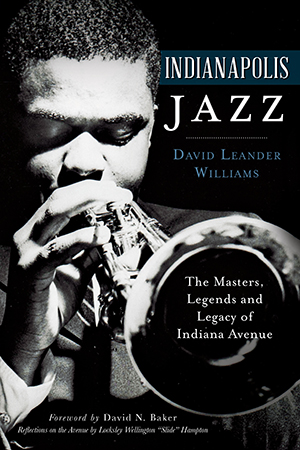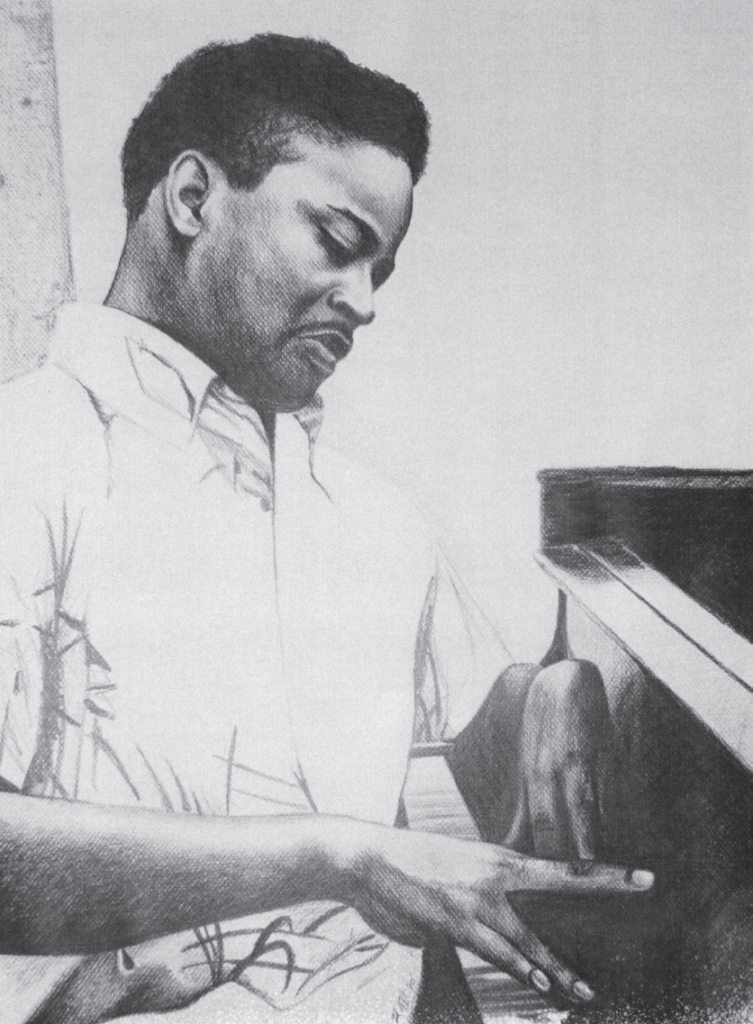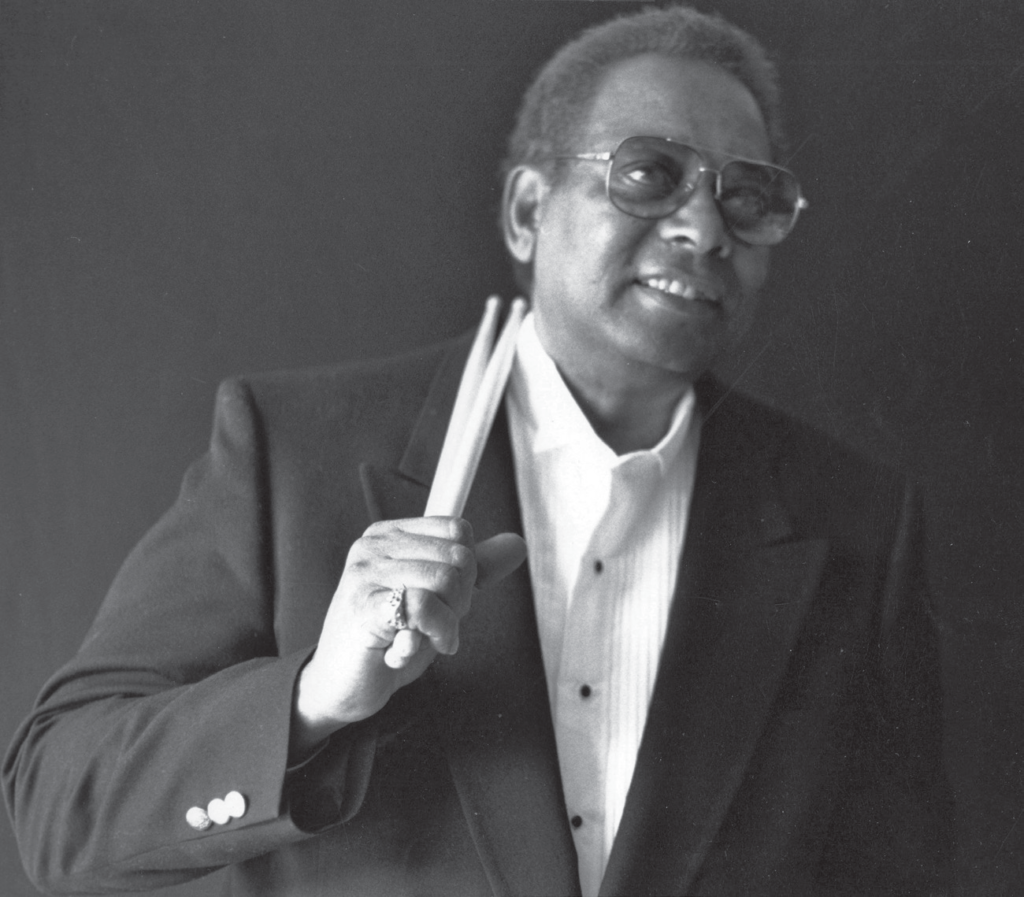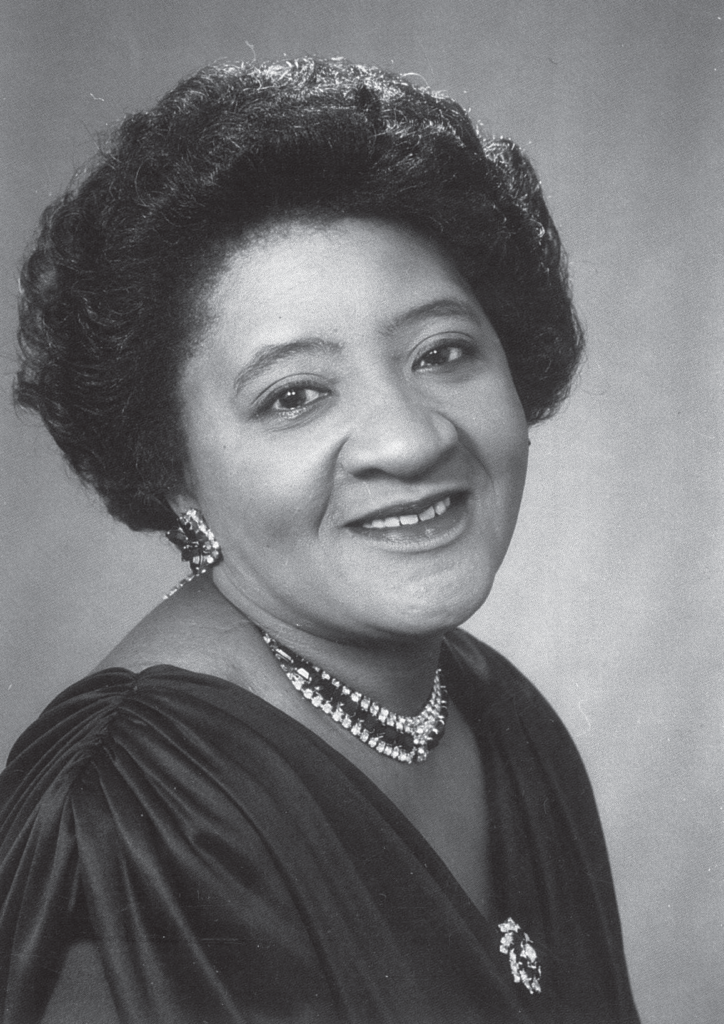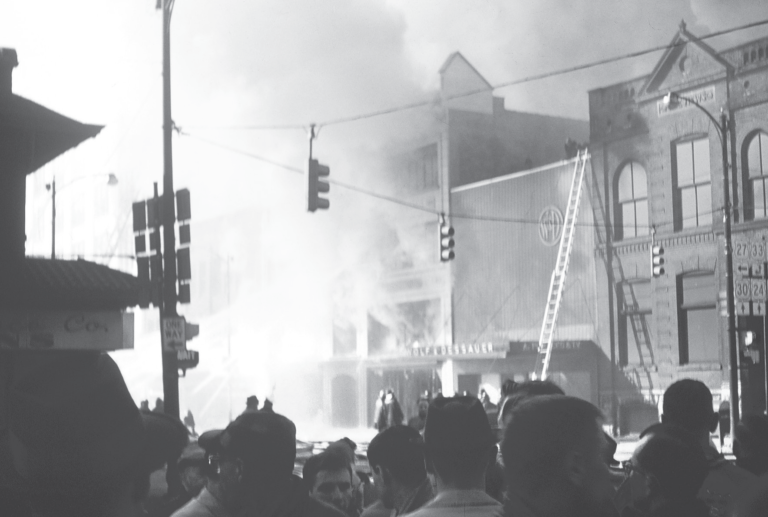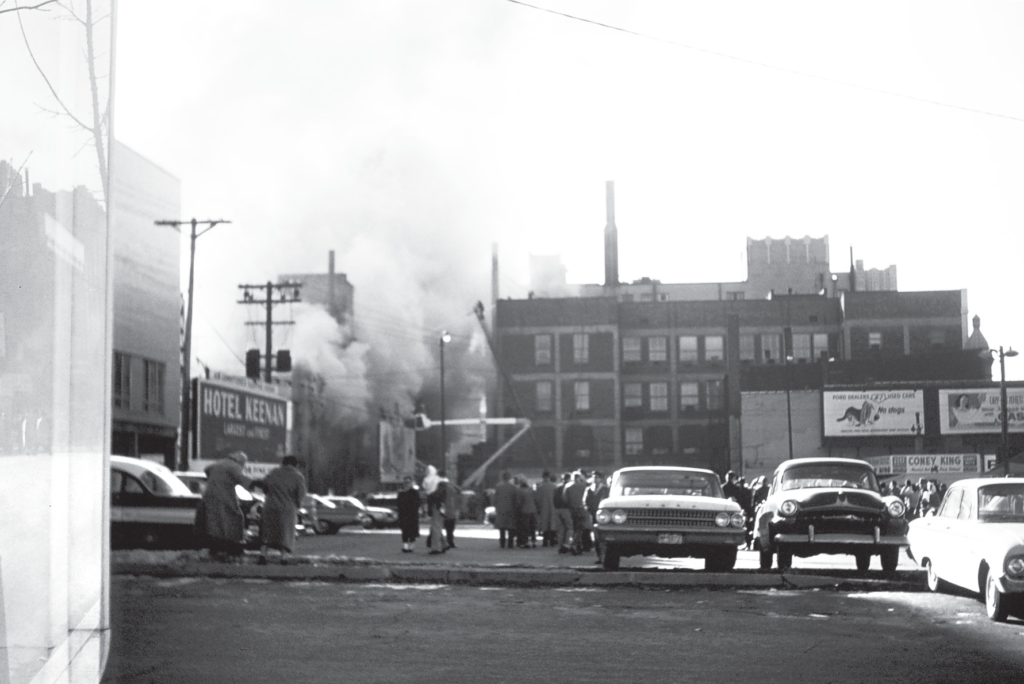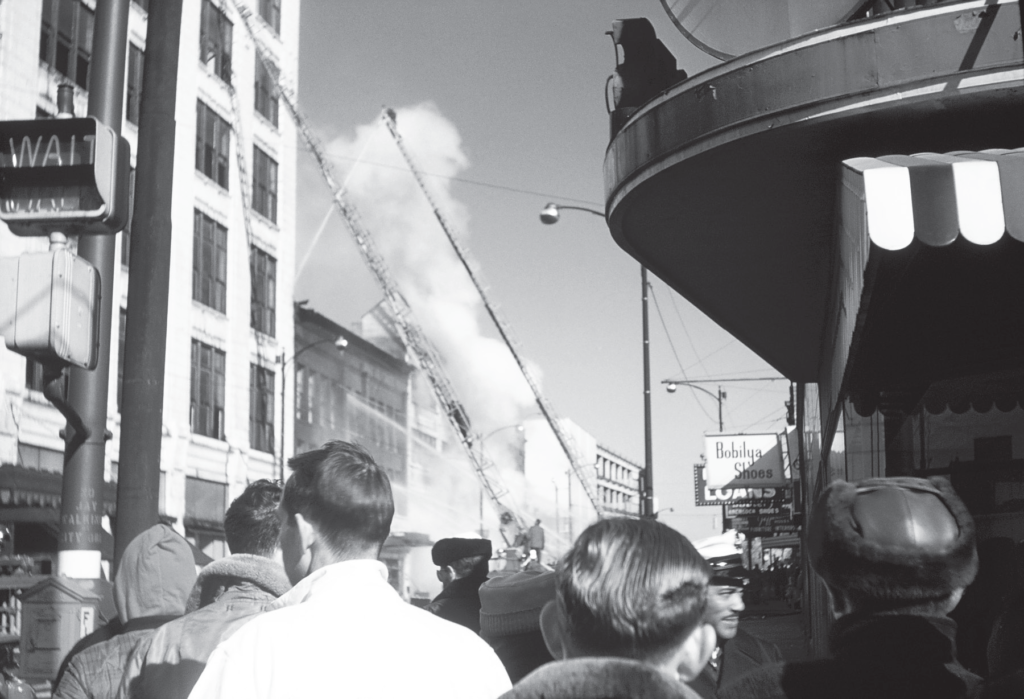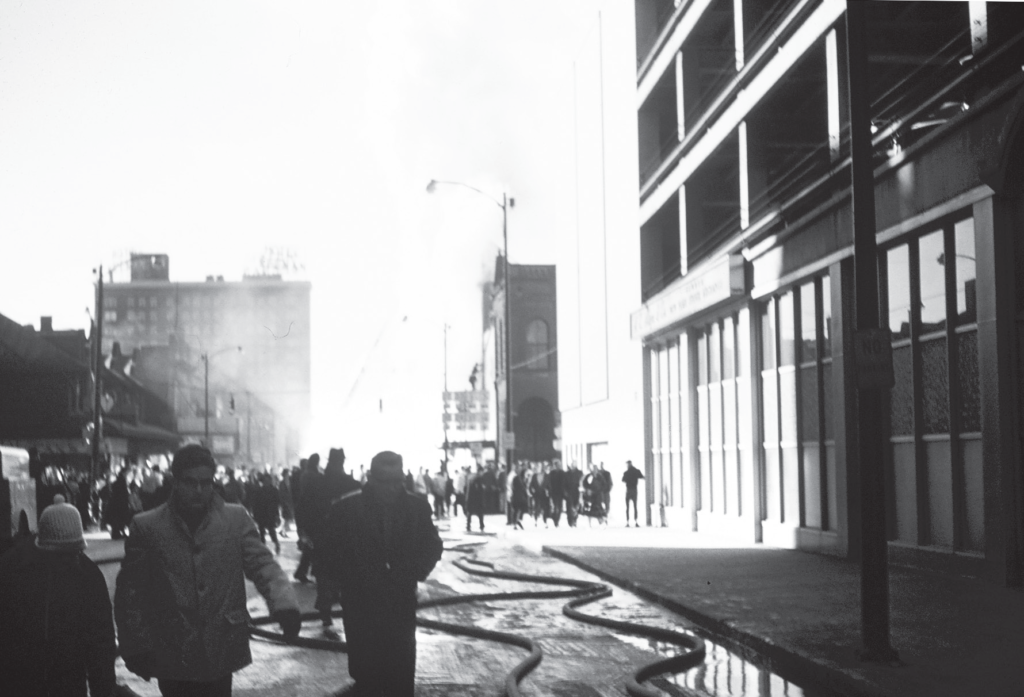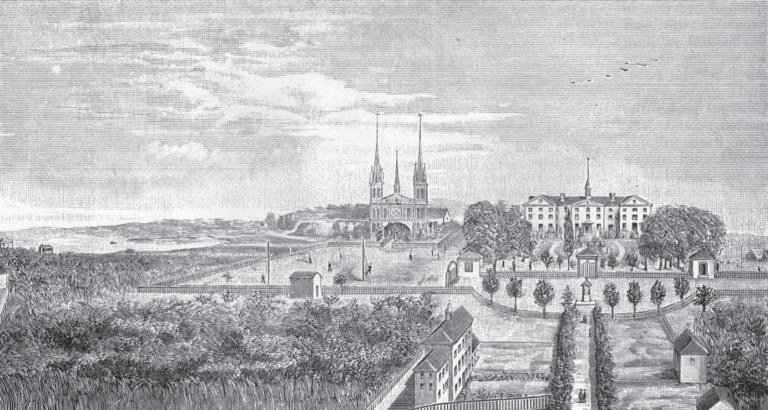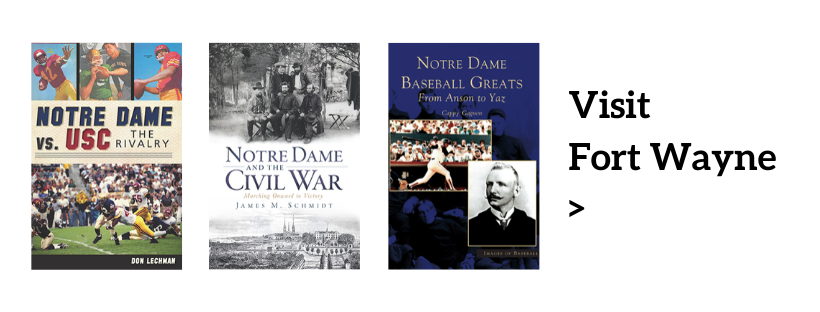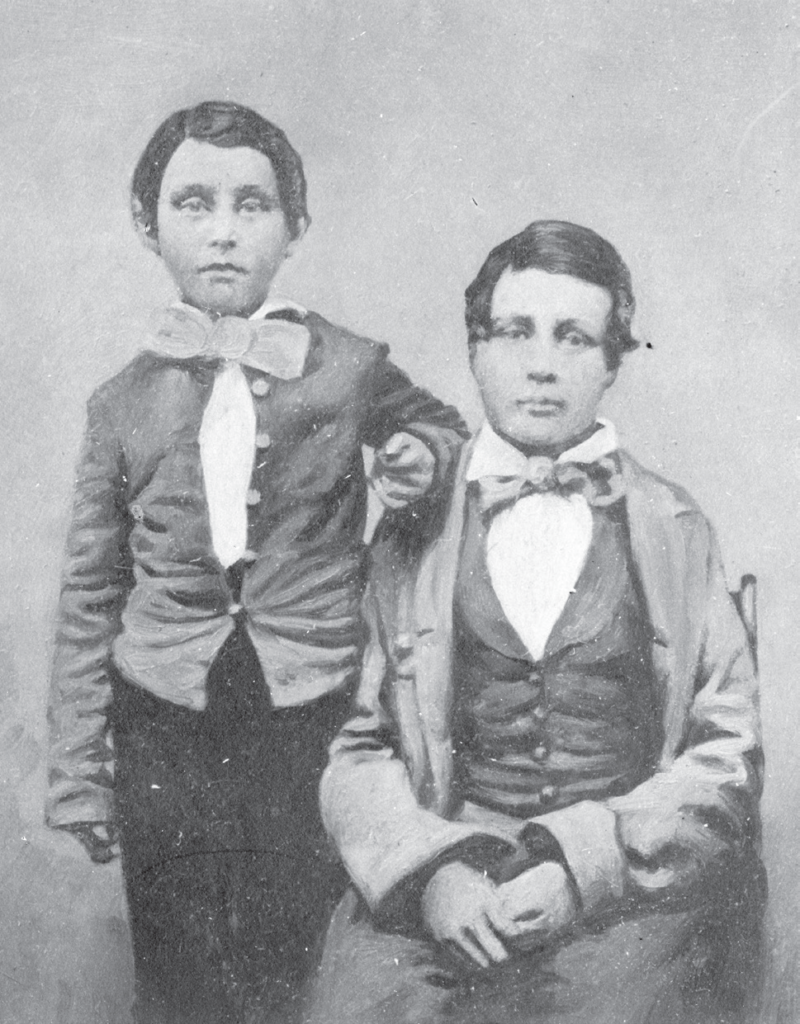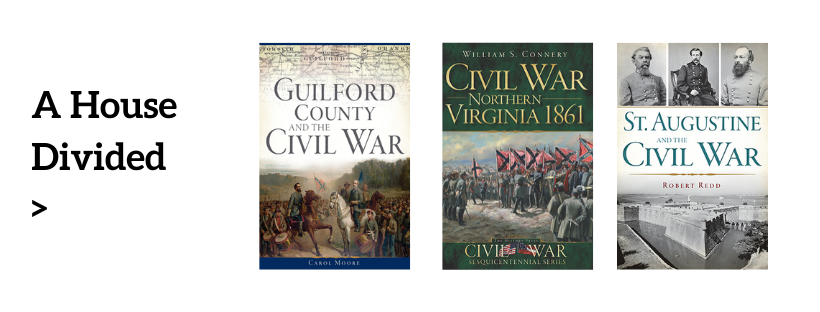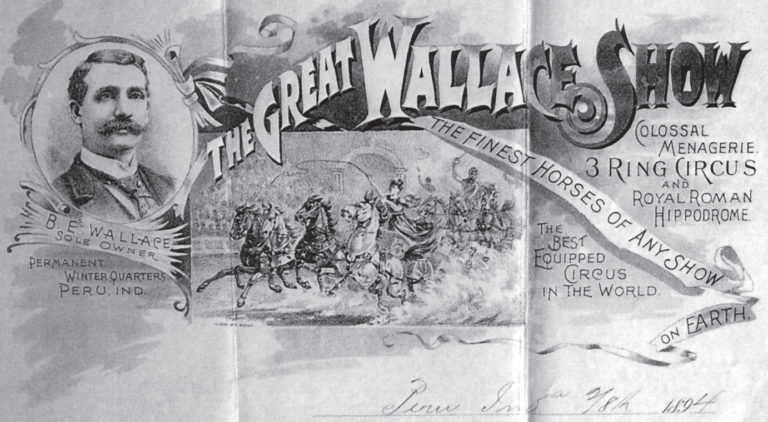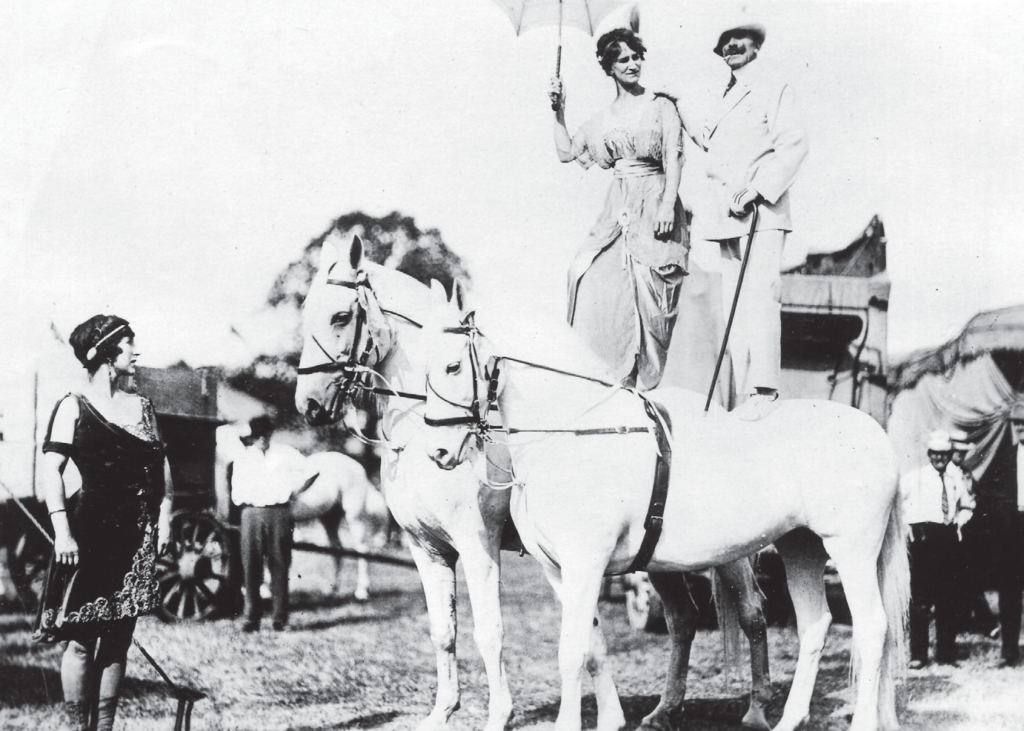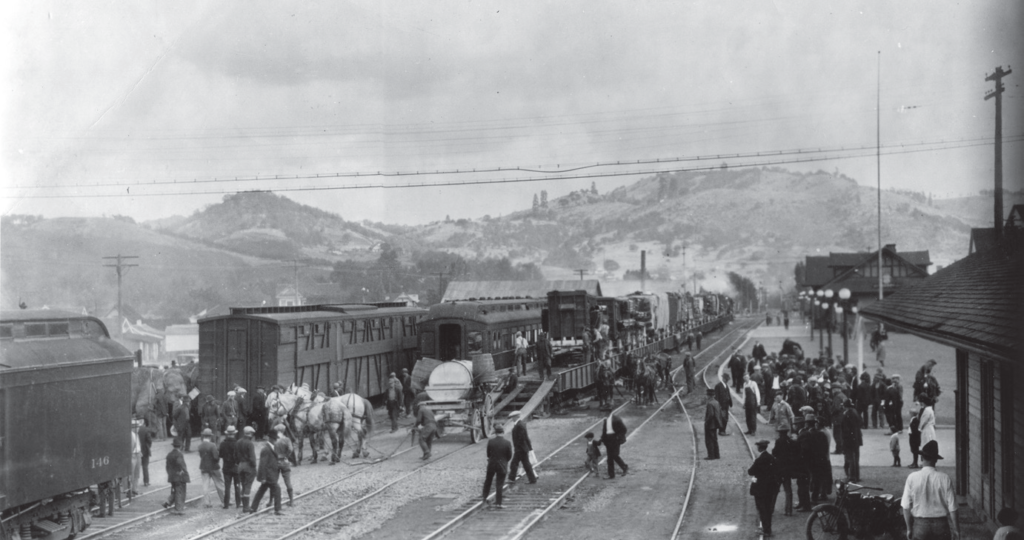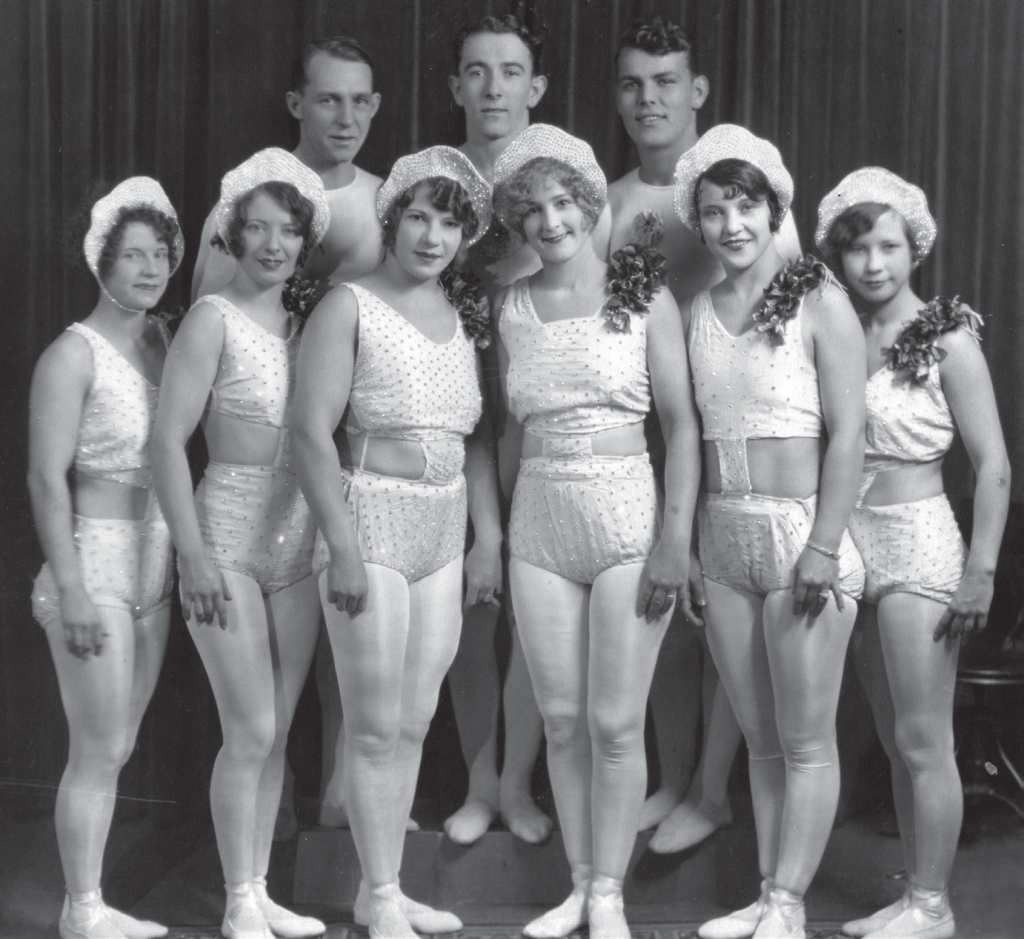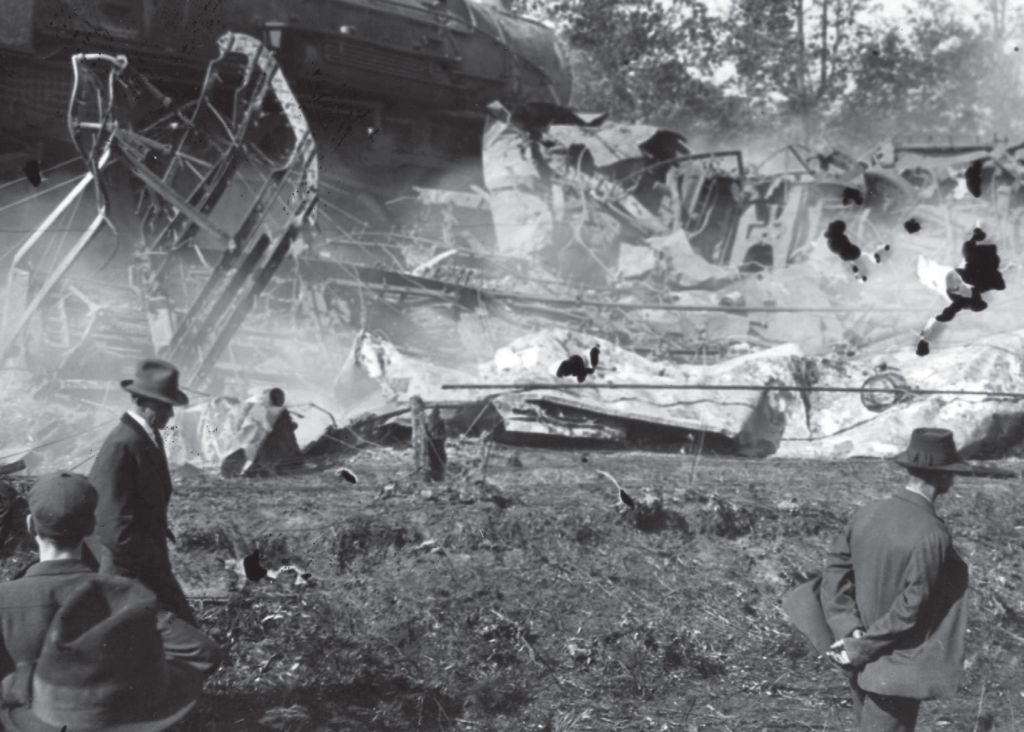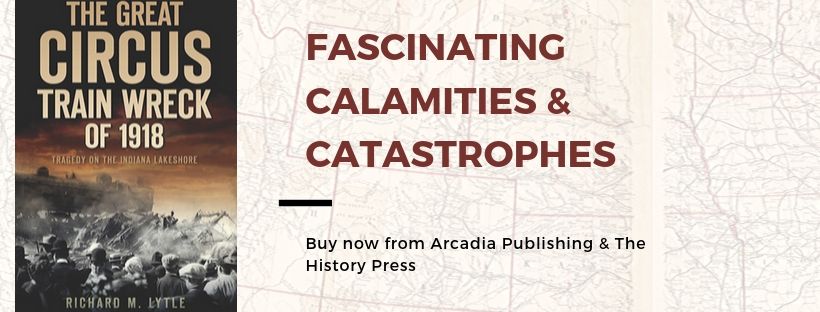The Rio Grande Valley, that fertile southernmost tip of Texas, covers four counties from the Gulf of Mexico along the Rio Grande, and ending where the topography becomes less green and more rocky. Indigenous people roamed the land for generations before the Spaniards claimed it. Mexico won its independence from Spain in 1821, and Anglo Settlers eventually tossed the Mexicans out in the Texas Revolution. The Rio Grande Valley, which is more of a figurative valley than an actual one, continued into the 20th century as a land of transition and conflict. Today, the RGV is home to plenty of historic landmarks that tell gruesome stories of the four groups that called the region home.
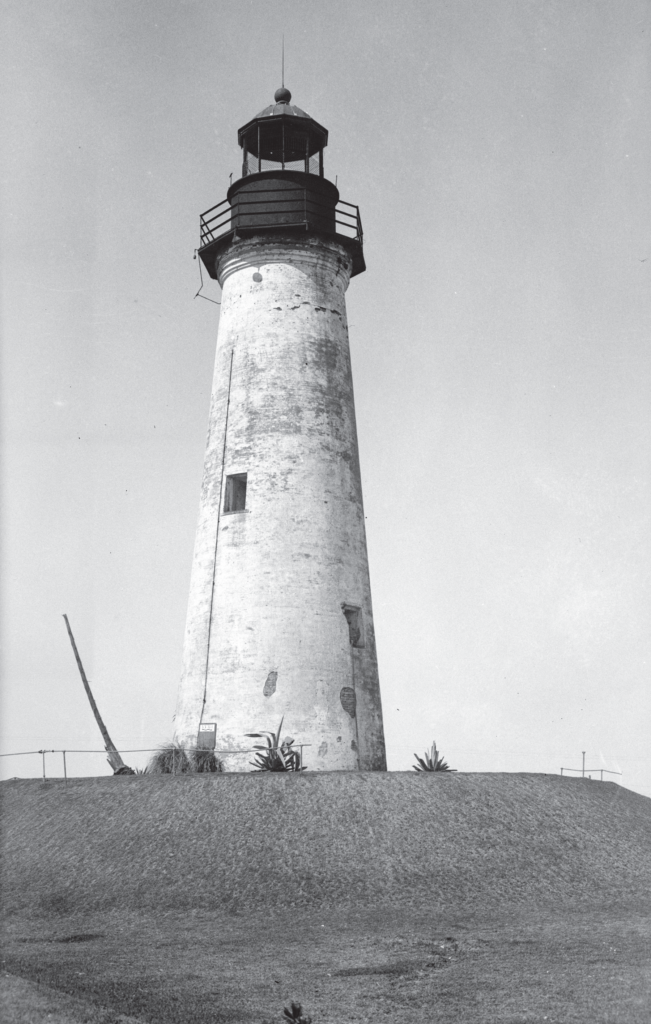
The Port Isabel Lighthouse
What’s more scary than an abandoned lighthouse? Along the southern tip of Texas, for 100 years, the Port Isabel Lighthouse has been home to the ghosts of soldiers and cholera victims, and the so-called Lighthouse Angel. During storms, sailors claimed to see a halo around the lighthouse. While possibly explained by the combination of rain and rotating lamp (and good, old-fashioned wishful thinking), the angel story persisted. Today, visitors hear whispered warnings from an unseen source as they ascend the restored landmark.
“Danger there. Don’t go.” — Lighthouse Angel

The Colonial Hotel
Before Spanish colonists arrived, Brownsville, Texas had been populated by indigenous peoples, including the Lipan Apache. If you ever stay at the Colonial Hotel, then be vigilant in Room 101, where on average once a year, angry voices, sobbing, formless shapes, and, worst of all, hands reaching out from under the bed have been reported. In the Apache tradition, a desecrated enemy’s soul may seek justice wandering this world. A popular theory goes that multiple suicides of hotel guests were coaxed by an Apache warrior who had died on the site before the hotel was built.


The Devil’s Lagoon
The 1920s saw the development of small town San Perlita on the southern edge of the massive King Ranch. The site has plenty of marshes and lagoons, where some local native tribes believed souls would transfer between this world and the underworld. In 1850, along a poorly-maintained missionary road, a rickety wooden bridge collapsed, taking a bride and groom, along with their parents and the driver into the water, where they perished. Years later, a father and son were hunting in the lagoon, and were killed by the ghosts of the victims. Well, that’s the legend, as the two were never heard from again.
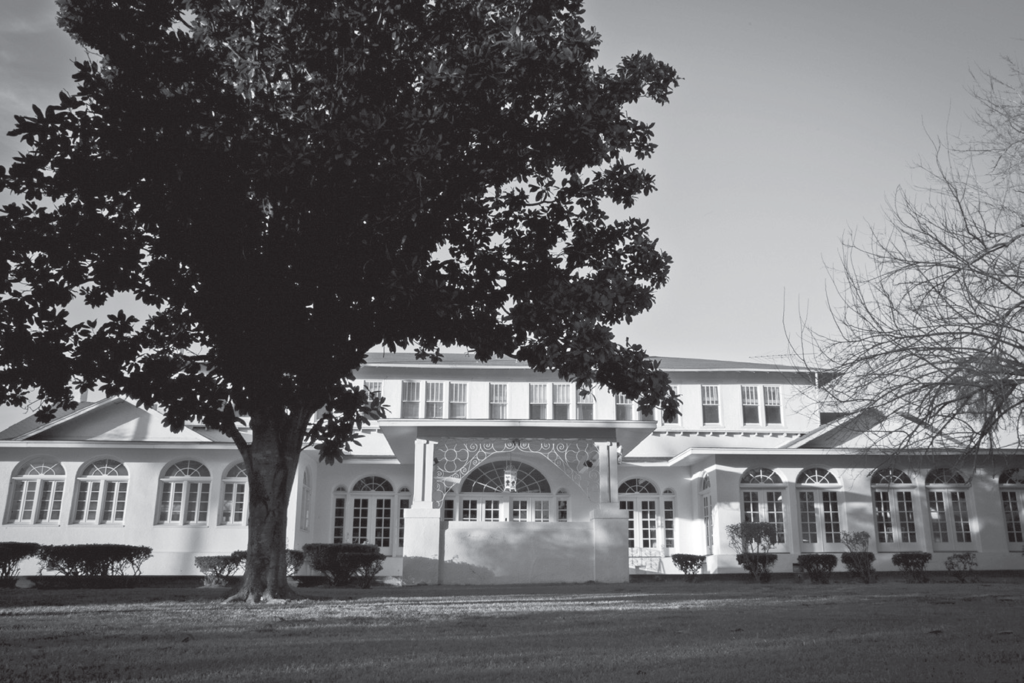
The Shary Mansion
Some guests never want to leave the party. In the case of the Shary Mansion, there are two host/ghosts still taking up residence. John Harry Shary made his fortune in the Rio Grande Valley’s warm climate as a citrus magnate. By 1915, his orchards made him the “Father of the Texas Citrus Industry.” His sprawling estate included the biggest mansion around. After a long and prosperous life, Shary was buried in a tomb on the grounds — perfect for a dapper ghost looking to have one more dance with his wife.

